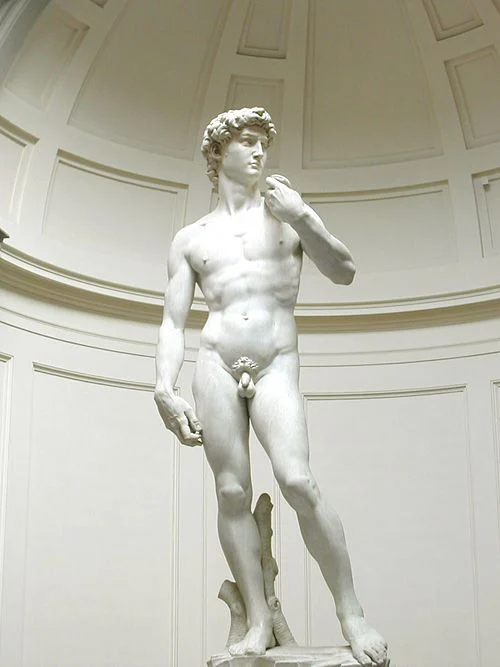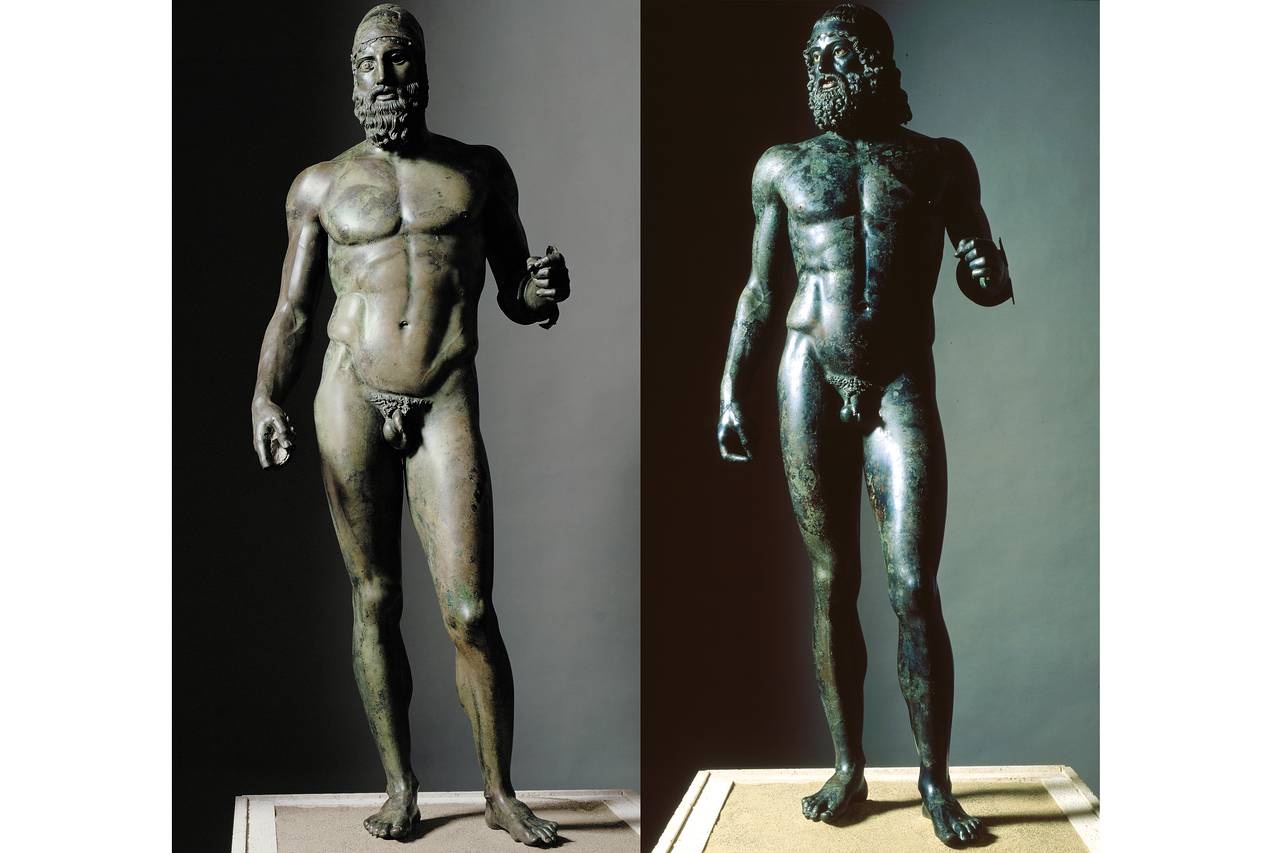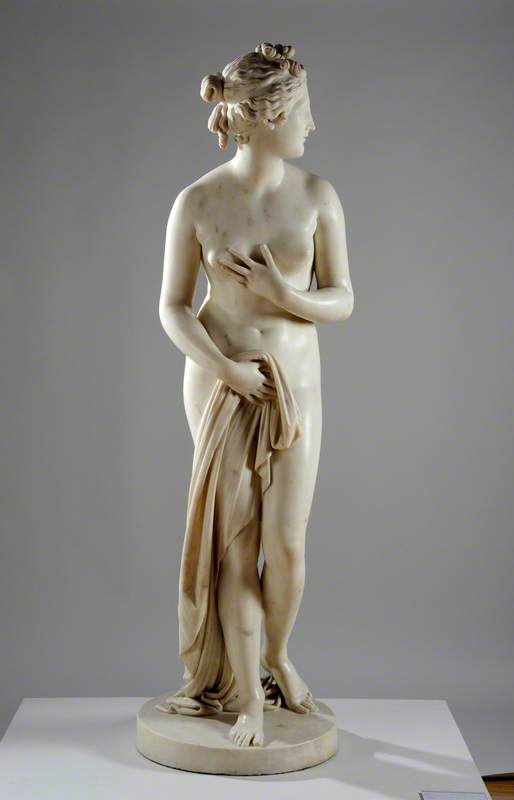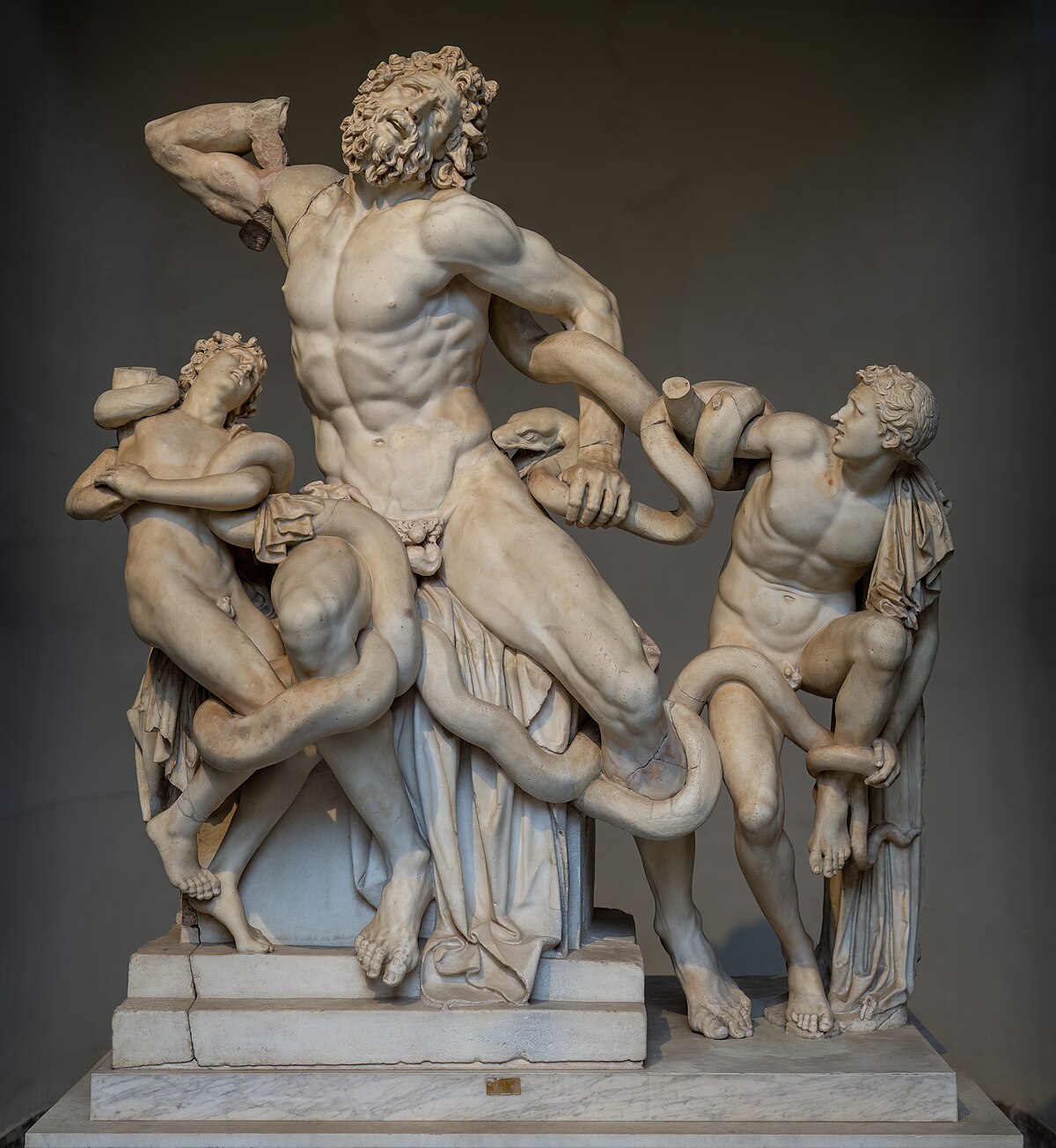The Classical World: Greek Sculpture
1/32
Earn XP
Description and Tags
Name | Mastery | Learn | Test | Matching | Spaced |
|---|
No study sessions yet.
33 Terms
State what the Greek civilization established.
The Greek civilization established conventions in all art that set the standard for what is now considered “classical.”
What were the classical ideals that were the most strikingly exemplified?
The visual arts and when drama, music, and philosophy flourished.
Explain what an artistic canon is.
A body of rules/principles established as valid and fundamental in a field of art or philosophy.
(Everything that extended from.)
Explain what the Parthenon’s sculptures looked like. (name 2 points)
Large-Scale
Free standing sculptures.
What did these Parthenon’s sculptures reveal about their artistic creators?
Their confidence and technical mastery.
State how these Parthenon figures were conceived. (state 3 points)
wholly convincing figures
dramatic
common theme of heroism
Summarize the classical world in 6 points.
Idealized (perfect human/body)
Austere
very formal
hierarchy was present
renaissance took large inspiration
(beauty ideals, artistic virtues of balance, proportion and harmony.)
Define the term “Kouroi.” (in 3 points)
Free-standing sculptures that represent the portrayals of the idealized male physique.
The male youth.
Embodiments of the virtues of ancient Greek society.

Describe the appearance artists adopted with the Kouroi sculptures. (4)
formal front-facing pose
emphasized symmetry of the body while the relative proportions of the head, triangular torso and limbs were determined my mathematical ratios.
Later included the archaic smile.
static and symmetrical poses.
Define the term “Archaic smile”
A slightly upturned smile.
What did the archaic smile intend to convey?
The well-being and happiness of the subject.
What soon became the cultural center of the Greek world?
The emergence of a from of democracy in the city of Athens.
What did the Greek sculptors move to, beyond from the archaic traditions?
Sculptors moved from archaic traditions and strived to make sculpture that seemed to be “carved from within” - imbued with life.
What does the term “carved from within” refer to?
Giving sculptures more personality and individuality.
Describe the Contrapposto pose. (3)
having weight on one leg and the other slightly bent.
hips, torso, and head slightly tuned to one side.
looked as if the sculpture was holding a spear and shield.

What did the contrapposto innovation pose allow? (2)
Greater bodily expressions, implying movement/sense of relaxation.
Invites viewer to look at the figure from different angles not only from front.
(gallery of the round)
What was the gallery of the round.
A place where viewers were encouraged to view artwork from all areas.
What were the Riace Bronzes? (2)
Two bronze statues recovered from Italy.
(gestures and poses are immediately striking.)
Describe the Riace Bronzes in 3 points.
both adopted a contrapposto stance - arms held asymmetrically away from the body, heads turned to one side.
most likely to be carrying spears and a shield but they were lost.
The nude warriors were shown ready for action with their muscles delineated and in tension animating both figures.
(a sense of formality but with personality.)

State what the Riace bronzes were an example of? (2)
ideal physique
human characteristics full of life and vitality.
What did the faces of the Riace Bronzes develop to?
Both faces conform to earlier Greek notions of the ideal displaying the conventional “Greek-profile”
Describe what the classical “Greek Profile” was.
The nose makes a continuous straight line with the forehead.
Explain how the classical Greek profile was altered within the Riace Bronze statues.
Early classical face was replaced by an expression of serenity.
figures were humanized by their finely executed hair and beards.
When was the first time a subject matter of a nude women flourished within art?
Aphrodite of Knidos By Praxiteles.
Describe the story behind the “Pudica pose” (2)
Standing in a contrapposto pose Aphrodite notices a stranger intruding on her bath.
The goddess recoils and covers her pubis with one hand and grabs a garment with the other.

State what the Pudica pose represented, intended and conveyed. (3)
Pudica pose became standard iconography for women in art.
Sculpted with soft rounded lines, the voluptuous figures were portrayed in poses emphasizing modesty.
intended to embody the ideals associated with their sex. (displayed modesty not sexuality)
How were artists able to imply the shape of the female form beneath the garments?
Drapery became an increasing expressive feature.
Folds of cloth, carved with soft, flowing lines aided overall feeling of natural movement allowing artists to show what’s beneath.
What was Hellenism?
When the Greek influence spread over territories in western Asia and northern Africa. (Greek diffusion)
What was Hellenism later accompanied by? (2)
Changes in artistic expression as sculptors abandoned the ideals of classicism.
They favored more naturalistic, expressionistic portrayals of real people and extreme emotions.
Name the most famous artwork from the Hellenism period.
Laocoon and His Sons.
Describe the sculpture “Laocoon and His Sons. “
a revelation filled with dramatic contortions unseen in western art.
Laocoons entire body is spiraled on its central axis.
his lower libs push in one direction while his torso spin in another direction.

What is the Serpentine Pose?
a human figure which spirals around a central axis, so that the lower limbs face in one direction and the torso almost in the opposite direction
Describe the Serpentine pose in 3 words.
Arresting
sensuous
unnatural